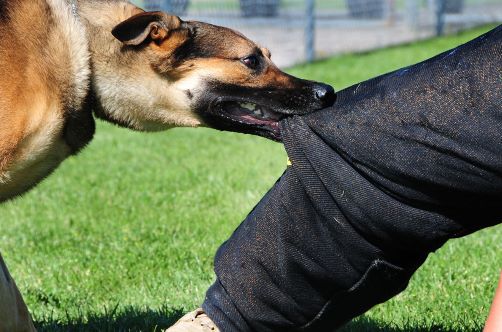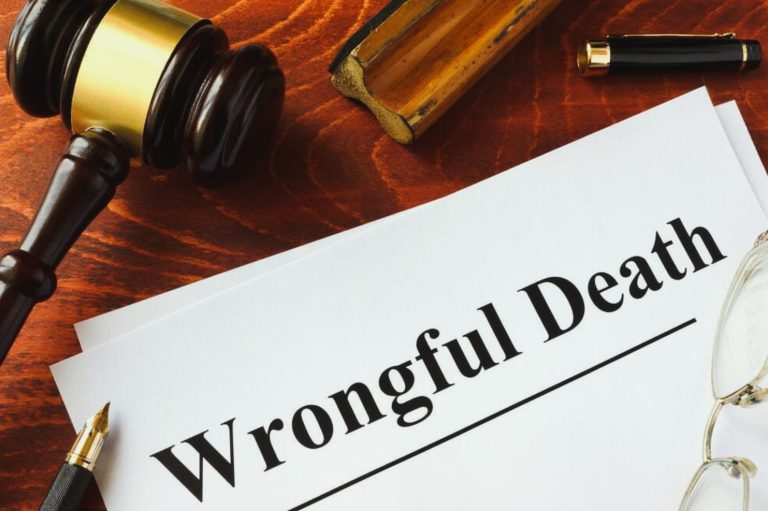

Even the best-behaved and trained dog can still be involved in an incident. Something startles the pooch and suddenly someone is bitten.
While dog bite laws can vary across Canada, most hold the owner responsible for their pet’s behavior, and this means that if you’re the victim of a dog bite, the animal’s owner is usually liable for your damages. A dog bite can do more than inflict a visible injury.
Sometimes, your injury claim can include recovering damages for pain and suffering after a dog attack. However, to help ensure you receive maximum compensation, there are a few things you should do after experiencing a dog bite.
Steps to Take After a Dog Bite
Getting bitten by a dog can be a traumatic experience. After all, dogs are labeled as man’s best friend so there’s a sort of betrayal there on a primal level. However, incidents can happen and occasionally the injuries can be severe.
Along with pain and bleeding from the bite, you’re also at risk for developing an infection. Remember, dogs’ mouths aren’t exactly sterile environments and germs can enter your bloodstream after a bite.
If the bite is severe enough, you can end up with a bone or muscle injury. Now, you’re facing expensive medical costs that can include rehabilitation therapy. While most territories and provinces like Ontario have strict dog leash laws, this doesn’t mean animals can’t get loose and cause damage.
So, what should you do if you’re bitten by a dog? Here’s a look at the steps you should follow to help ensure you receive compensation for your damages.
Make an Immediate Medical Appointment
Even if the bite barely penetrates your skin, it’s still a good idea to seek immediate medical attention. Remember, your risk of developing an infection skyrockets after a dog bite. Bacteria like Pasteurella, Staphylococcus, and Capnocytophaga are common in dog bites and can cause health complications if left untreated.
Along with helping to ensure you fully recover, your visit to a physician also creates a medical history. You’re going to need your medical records if you plan on filing a personal injury claim. Your medical history helps prove the dog bite occurred and it’s also something the insurance company is going to want to see.
Try to Identify the Dog
Okay, this doesn’t mean going out and asking random dogs for their teeth impressions, as this isn’t what it means to identify the dog.
Instead, you’re actually searching for the animal’s owner since this is probably who you’re going to name as the responsible party in your injury claim. Remember, Canadian law typically places the blame on the dog’s animal when an incident occurs.
If possible, try and jot down the information on the dog’s license or ID tag. If the dog isn’t wearing any tags or is running loose without a collar, your next best option may be following the animal at a safe distance. Most dogs will return home and this can put you in touch with the owner.
If you can’t find the dog, ask around the neighborhood. Chances are, someone knows the animal and where it lives.
Report the Incident
You will need to file a report of the dog bite with local authorities. This is usually either the police department or local animal control. You will need to provide the date, time, and location of the incident, along with a description of the animal.
Your description should be a little more detailed than simply stating the dog has brown fur and four legs. Try to remember any distinctive markings that can make it easier for authorities to identify the animal.
The authorities will also ask details about how the incident occurred. Go ahead and answer these questions but keep your response brief. Everything you say will probably go into the incident report. The insurance company can use your words to try and reduce the value of your injury claim.
Keep Track of Your Expenses
Your expenses are those relating to the dog bite incident, and these can include your medical costs and if any property was damaged during the incident.
This situation is one of the few times when you don’t want to throw anything away. You never know what the defendant’s insurance provider may ask for. So, save all receipts for medical treatments and prescriptions, even if you’ve paid the bill.
If you’re seeking compensation for pain and suffering, start documenting how you feel each day. Pain and suffering are considered non-economic damages so they don’t come with a handy price tag. By documenting how your injuries are impacting your life, it’s a little easier for you to calculate these damages.
If your injuries are preventing you from returning to work, track your lost pay. This is an economic damage you can include in your claim.
Take Plenty of Photographs
This isn’t the time to be camera shy and it’s also not the time to start considering a career in modeling. You’re only taking pictures of your injuries. Yes, your medical records will document your injuries, but sometimes it’s better to have pictures.
If your injuries aren’t too severe, take pictures of the bites immediately after the incident. You also want to keep taking pictures as your injuries begin healing. The series of pictures can help prove the extent of your injuries, along with the severity of your pain and suffering.
Get Witness Information
If the incident occurs without any witnesses, don’t panic. Items like your incident report, medical records, and pictures will help support your injury claim. However, if there are witnesses, get their contact information. They can help support your claim when it’s time to start negotiating with the insurance company.
Remember, don’t discuss the details of the incident. Your words can be used against you by the insurance company.
Contact an Experienced Injury Attorney
Before you start negotiating with the insurance company, it’s a good idea to retain legal representation first. After all, your attorney can help ensure you receive maximum compensation for your dog bite claim.
Their familiarity with Canada’s dog bite laws can be invaluable when you’re negotiating a fair settlement for your particular case. With their expertise, you can navigate the legal complexities and protect your rights effectively.


